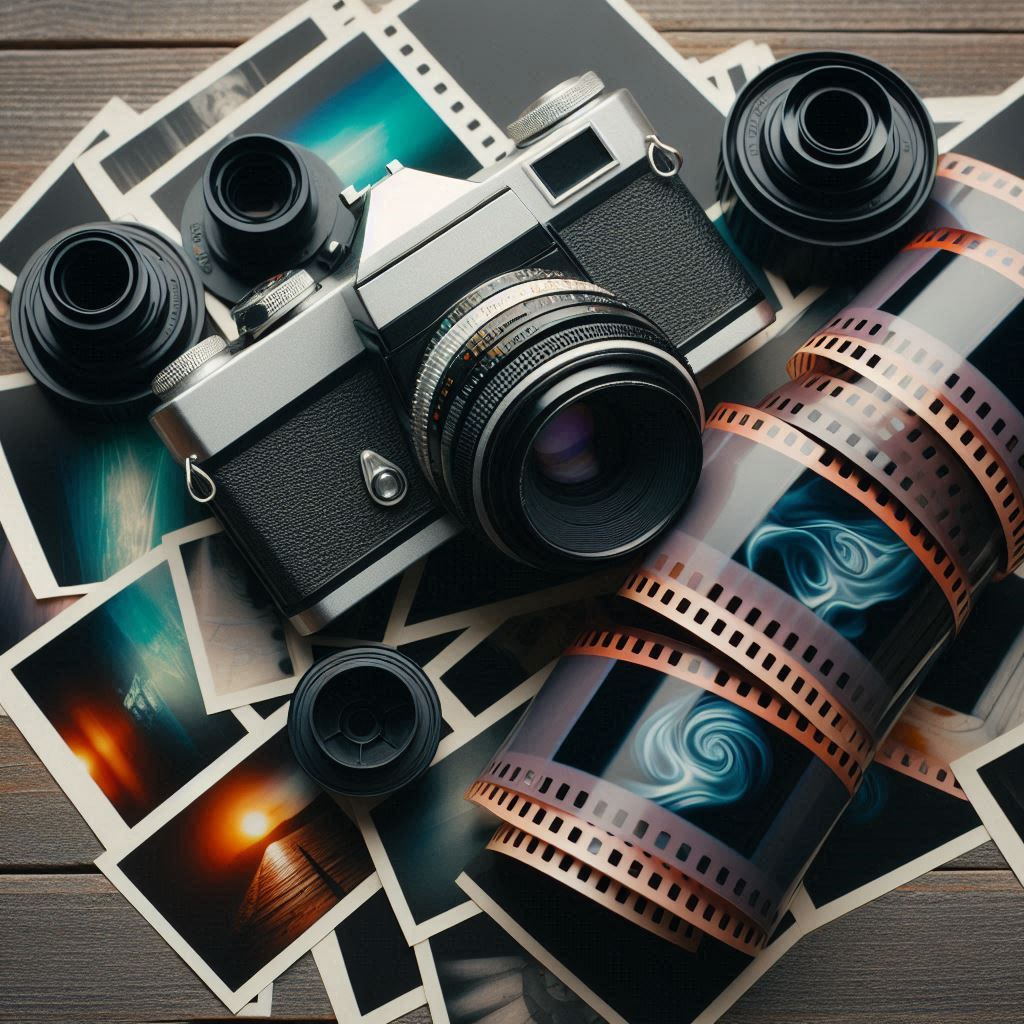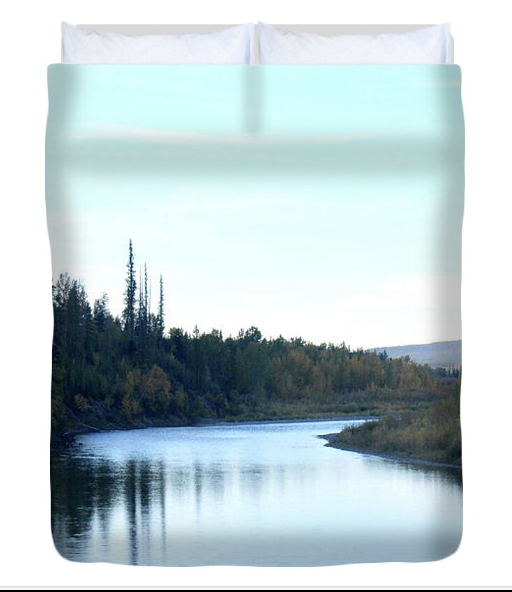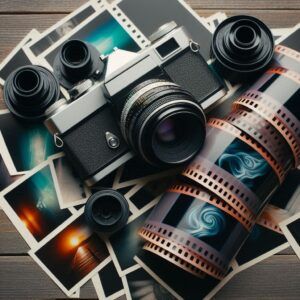
When you’re starting out in photography, you might stumble across the terms RAW and JPEG. These are two common file formats that your camera uses, and knowing the difference can make a big impact on your photography journey.
So, what’s RAW? Imagine a RAW file like a digital negative. It contains all the unprocessed data captured by your camera sensor. This means more information, but it also means these files are bigger and not ready for use straight out of the camera. You can’t just send them straight to your printer or post them online without editing first.
JPEG, on the other hand, is a bit like a developed photo: it’s ready to go. Your camera processes the image, compresses it, and instantly makes it usable. You’ll notice these files are more compact and easier to share or store.

Check out my line of Duvet Covers. Over 50 designs!!! They come in king, queen, full, and twin sizes. They are soft microfiber and hand-sewn. They include a hidden zipper for easy washing and assembly.
For beginners, it’s useful to know the upsides and downsides of each. Shooting in RAW offers more flexibility when you’re tweaking images. But, if you’re looking to save space and share pictures quickly without much editing, JPEG could be your friend.
RAW and JPEG both have places in photography. Think of RAW files as giving you maximum potential for high-quality results when you edit them while JPEG is great for quick, straightforward sharing and printing straight from the camera. Deciding which to use often comes down to what you’re aiming to achieve and how comfortable you are with post-processing.
Diving Into the Details: How RAW and JPEG Work
Diving deeper into the technical side can help you grasp why RAW and JPEG formats behave differently. When a camera captures an image, it processes the data, and this is where RAW and JPEG diverge.
With RAW, your camera saves all the light data it captures with minimal processing. Think of it as a starting point that needs some work in photo editing software to reach its full potential. This lack of in-camera processing means you get to decide all the visual style elements: exposure, contrast, white balance, and more.
JPEG files, however, undergo a transformation right inside your camera. The camera automatically processes and compresses the data to create a ready-to-use photo. This means some data is discarded during compression to make the file size smaller. And even though this means less control afterward, it’s great for quick sharing and easy storage.
Detail Retention
This brings us to quality and detail retention. RAW files retain the details because they capture everything the sensor sees. If you edit your photos, having more data means more precise adjustments. JPEG may lose some detail because of compression, so heavy edits can sometimes reveal issues, like loss of quality.
Compression in JPEG is key. It reduces file size by simplifying certain parts of the image, which speeds up sharing and saves storage space. But, it might also introduce artifacts or noise if overcompressed. Meanwhile, RAW keeps all details intact but at the cost of larger file sizes, so you need more storage and faster processing power to handle them.
Understanding these differences is crucial to making informed decisions when shooting. Knowing that RAW offers more post-processing flexibility while JPEG provides immediate, easily shareable images lets you align your choice with your goals.
Practical Applications: When to Choose RAW or JPEG
Choosing whether to shoot in RAW or JPEG often depends on what you’re planning to do with your photos. Each format shines in different situations, and understanding these can help you make the best choice.
If you’re working on a project where post-processing is key, like landscape or portrait photography where you want to tweak every little detail, RAW is the way to go. It gives you more flexibility to alter elements like brightness and shadows without losing quality. This is great for anything you plan to enlarge or showcase, where the best quality is crucial.
The Flip Side
On the flip side, JPEG can be your best friend for events or everyday photography where you need to shoot quickly and share swiftly. Things like family gatherings or casual outings, where you want to capture memories and share them on the fly, suit JPEG perfectly. It saves space and time, offering a balance between quality and convenience.
Sometimes storage space or your workflow guides the choice. RAW requires much more storage and a more developed post-process routine, so make sure your computer can handle it. JPEG fits smoothly into simpler workflows and less robust systems, ideal if you’re using a basic laptop or editing on the go.
Ultimately, it’s about aligning with what you want to achieve. Beginners might find it useful to experiment with both formats in different scenarios, understanding firsthand how they can serve varying needs. By matching the format to the task, you ensure that your photography remains efficient and effective.
Editing and Post-Processing: The Impact of RAW vs JPEG
The editing process varies significantly between RAW and JPEG, and understanding these differences is key for any photographer, especially beginners. RAW files are like a treasure trove for editors. You can adjust exposure, white balance, shadows, and highlights with much more precision. It’s almost like peeling back the layers to uncover the perfect image hidden within.
JPEG images, while less flexible, can still be edited but with certain limitations. Since the camera has already processed these files, every time you edit them, you’re potentially losing some quality, which could lead to artifacts or color banding if overdone. For quick fixes like minor cropping or slight tweaks in contrast, JPEG usually suffices.
Software Is Key
The software you choose also plays a crucial role. Programs like Adobe Lightroom or Capture One are popular for handling RAW files, providing a comprehensive suite for adjustments. They make it easier to rectify mistakes that might have been made during the shoot, like overexposure or incorrect white balance. Meanwhile, basic editors like Paint.NET or even mobile apps can handle JPEGs nicely for simple tasks.
For beginners, diving into RAW processing can be a bit overwhelming. Start with some tutorial videos to guide you through common adjustments. As you get comfortable, you’ll see how these adjustments can turn an average shot into something outstanding by leveraging every detail the RAW format retains.
Choosing What Works Best for You
As we’ve explored, both RAW and JPEG are valuable tools in a photographer’s kit. Your choice between them should match your specific needs and photography style. If you lean towards detailed and dynamic editing or if you’re gearing up for professional work that requires top-notch quality, RAW offers you that extra capability.
On the other hand, JPEG works excellently for situations where you need faster turnaround and shareable photos without the need for extensive edits. It’s especially handy for those moments when you’re capturing life’s spontaneous events and want to keep things simple and swift.
For newcomers, delving into both formats through trial and error can really build your understanding and skills. Play around with different settings and editing software to see how each format supports your creative vision.
Final Thoughts
Remember, there’s no one-size-fits-all answer. Your experiences and preferences will shape which format becomes your go-to for different projects. Most importantly, keep shooting, keep experimenting, and let these tools serve your passion for photography. This journey is as much about finding your style as it is about mastering the technical aspects.
For those who want to explore further, many online resources and communities are available. They offer insights, tutorials, and discussions to deepen your understanding of how these formats can be best utilized. Now get out there and start shooting!!!
Did you enjoy this post? Do you want to know when the next post comes out? Consider subscribing. I only send update emails once a week, usually on Friday. Try it out. You can unsubscribe at any time.

